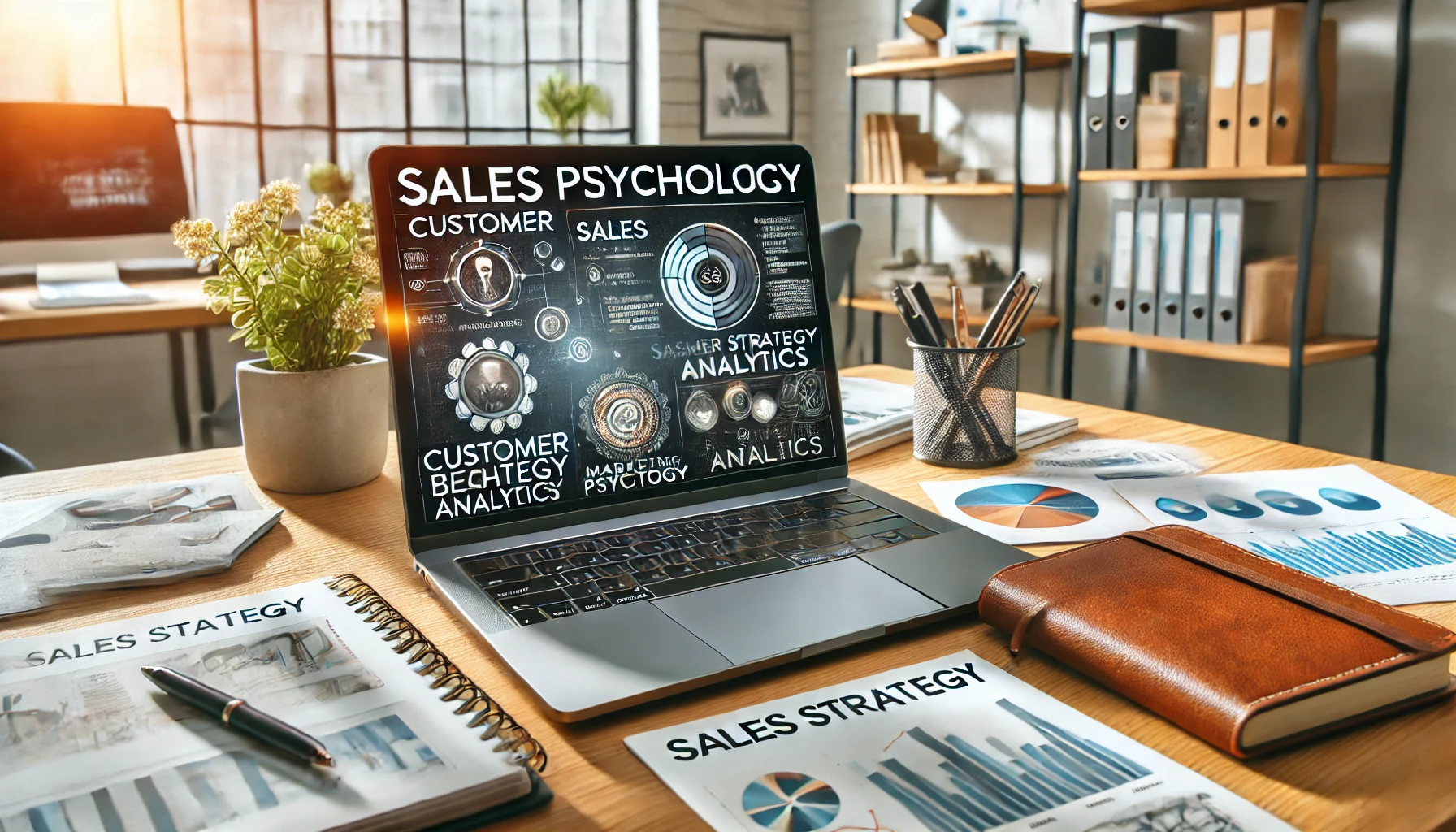Successful sales aren’t just about having a great product or service—it’s about understanding how buyers think and what motivates them to make a purchase. When businesses align their sales strategies with customer psychology, they can increase conversions, build trust, and create lasting customer relationships.
In this article, we’ll explore the psychology behind buyer behavior and how you can use it to improve your sales strategy.
Why Understanding Buyer Psychology is Important
Customers don’t always make logical buying decisions—emotions, perceptions, and subconscious triggers play a huge role. A deep understanding of buyer psychology helps businesses:
✅ Increase conversions – Use psychological triggers to persuade buyers.
✅ Create stronger customer connections – Build trust and brand loyalty.
✅ Reduce resistance and objections – Address concerns before they arise.
✅ Optimize marketing strategies – Craft messages that resonate with buyers.
Now, let’s explore key psychological principles that drive purchasing behavior.
1. The Power of Social Proof
People trust what others say more than what a business claims. This is why testimonials, reviews, and influencer recommendations are so powerful.
🗣 How to use it:
📌 Display customer reviews and ratings on your website.
📢 Use case studies and testimonials to show real results.
🎥 Feature user-generated content (e.g., customers sharing experiences).
💡 Example: Amazon increases sales by showing customer ratings and reviews on every product page.
2. The Scarcity Effect (Fear of Missing Out – FOMO)
When something is limited, people value it more and act quickly to avoid missing out.
🗣 How to use it:
⏳ Use limited-time offers (e.g., “Only 3 left in stock!”).
🔥 Highlight exclusive deals for early buyers.
🎟 Show countdown timers for sales and promotions.
💡 Example: Booking.com creates urgency with “Only 2 rooms left at this price!” notifications.
3. The Reciprocity Principle
When businesses give value first, customers feel obligated to give back—often by making a purchase.
🗣 How to use it:
🎁 Offer free samples, trials, or consultations.
📚 Provide valuable content (guides, e-books, webinars).
💌 Give loyalty rewards or discounts for first-time buyers.
💡 Example: Spotify offers a free trial, leading users to subscribe once they experience the service.
4. The Anchoring Effect
People rely on the first piece of information (the anchor) to make decisions.
🗣 How to use it:
💲 Show the highest price first, then offer a lower-priced alternative.
📊 Use “Was $99, Now $49” pricing strategies.
🎁 Create premium and standard plans to make mid-tier pricing seem more attractive.
💡 Example: Apple shows its highest-priced iPhone first, making lower-priced models feel more affordable.
5. The Principle of Authority
People trust experts and credible sources when making decisions.
🗣 How to use it:
📢 Showcase endorsements from industry experts.
📖 Publish thought leadership content (blogs, podcasts, research).
🏆 Display certifications, awards, and industry recognitions.
💡 Example: Skincare brands use dermatologist recommendations to build credibility.
6. Emotional Triggers in Buying Decisions
Most purchases are emotion-driven—people buy based on feelings, then justify with logic.
🗣 How to use it:
❤️ Use storytelling to connect emotionally with buyers.
📸 Choose images and colors that evoke the right emotions.
🎯 Align your brand messaging with customer values.
💡 Example: Nike’s “Just Do It” campaign uses motivation and empowerment to drive sales.
7. The Endowment Effect (People Value What They Own)
Customers are more likely to buy something if they feel ownership before purchasing.
🗣 How to use it:
🔄 Offer free trials or “Try Before You Buy” options.
📌 Let customers customize products to feel ownership.
📱 Use interactive previews (e.g., seeing furniture in a room via AR).
💡 Example: Car dealerships offer test drives because people feel attached once they experience the car.
8. The Simplicity Effect (Reducing Decision Fatigue)
Too many choices overwhelm buyers. Simplifying options increases sales.
🗣 How to use it:
📦 Offer fewer, well-defined choices (Basic, Pro, Premium).
📝 Use clear and easy-to-read descriptions.
📍 Create a guided buying experience (e.g., quizzes, recommendations).
💡 Example: Apple keeps its product lineup minimal to simplify decision-making.
Conclusion: Psychology is the Secret to Sales Success
Understanding buyer psychology helps businesses craft marketing messages, pricing strategies, and customer experiences that increase conversions and build long-term loyalty.
Which psychological sales principle will you start using today?
